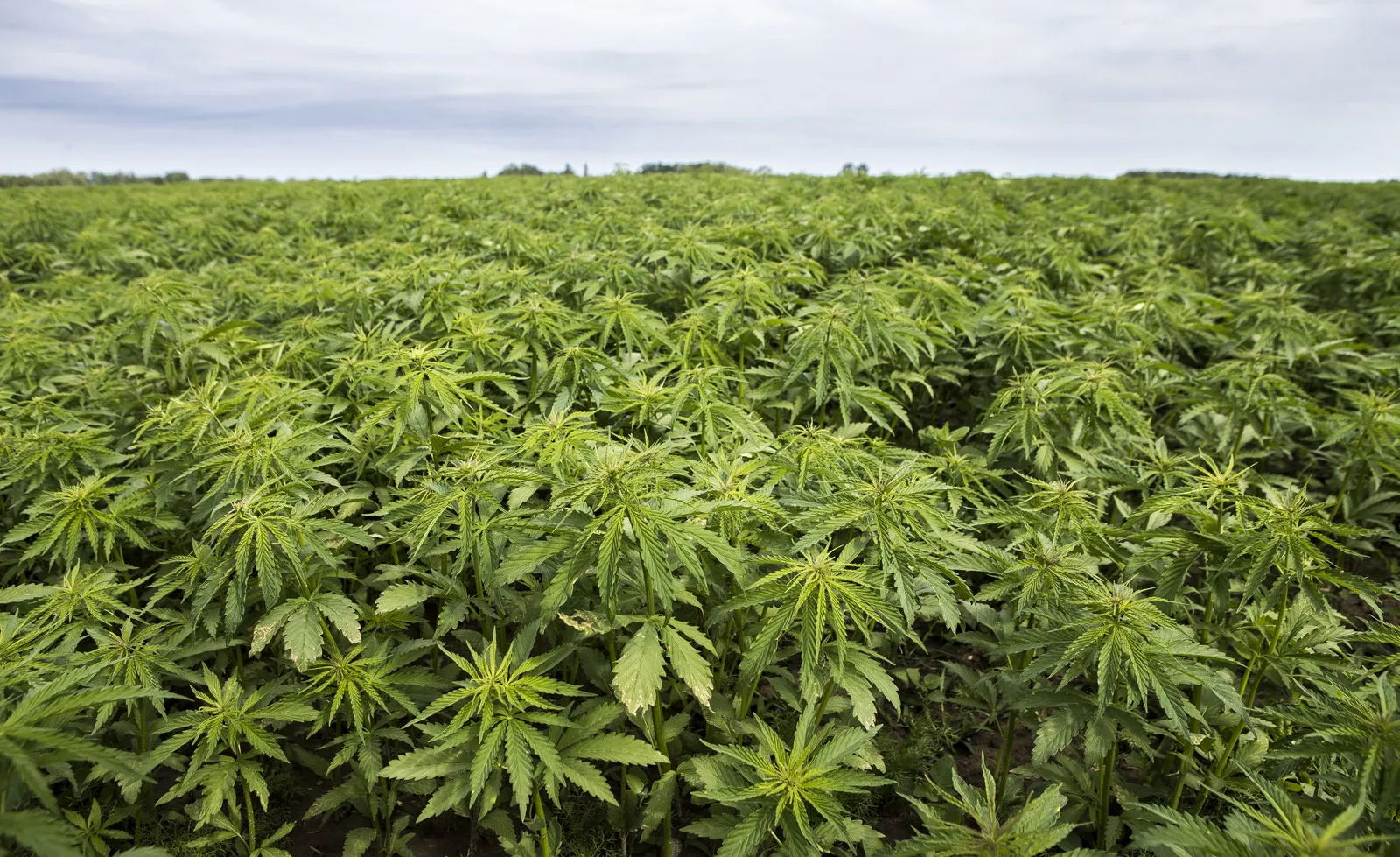Introduction
The hemp plant is an extraordinary botanical wonder with a rich history and a bright future. Often misunderstood, this stout, aromatic, erect annual herb has been cultivated for thousands of years, offering humanity a plethora of benefits. From industrial applications to nutritional supplements, hemp’s versatility is unmatched. But what exactly makes this plant so unique? Let’s dive into the world of hemp and explore its many facets.
What is Hemp?
Hemp, scientifically known as Cannabis sativa, is a variety of the Cannabis plant species. While often confused with its psychoactive cousin, marijuana, hemp is distinct in its composition and use. Hemp contains only trace amounts of THC (tetrahydrocannabinol), the compound responsible for the “high” associated with marijuana. Instead, hemp is cultivated for its strong fibers, nutritious seeds, and various industrial and medicinal applications.
Hemp Plant Characteristics
Stout and Erect Growth Habit
One of the most striking features of the hemp plant is its stout, upright growth. Hemp can reach heights of up to 15 feet, making it one of the taller annual herbs. Its robust structure allows it to thrive in a variety of environments, from temperate to tropical regions.
Aromatic Properties of Hemp
Hemp is not only known for its sturdy stature but also for its distinctive aroma. The plant produces a range of aromatic compounds known as terpenes, which contribute to its unique scent. These terpenes not only define the plant’s smell but also play a role in its potential therapeutic benefits.
Hollow Stalks: Structure and Function
The hemp plant’s stalks are a marvel of nature’s engineering. Hollow except at the tip and base, these stalks provide the plant with the necessary support while being lightweight. This hollow structure also plays a crucial role in the plant’s ability to transport nutrients and water efficiently.
Slender Canelike Stalks: A Closer Look
Hemp’s stalks are slender and canelike, which makes them ideal for various industrial uses. These stalks are processed to extract fibers that are incredibly strong and durable. Whether used in textiles, construction, or biodegradable plastics, hemp fibers are a sustainable alternative to many traditional materials.
Life Cycle of the Hemp Plant
Germination and Early Growth
Hemp seeds germinate quickly, usually within 24 to 48 hours after planting. The early growth phase is crucial as the plant develops its root system and the first true leaves.
Vegetative Stage
During the vegetative stage, hemp experiences rapid growth. This is when the plant develops its signature tall, sturdy stalks and lush foliage. The length of this stage can vary depending on environmental conditions and the specific variety of hemp being grown.
Flowering and Maturity
The flowering stage is when hemp reaches maturity. Female plants produce flowers that contain seeds, while male plants produce pollen. The timing of this stage is critical, especially for farmers looking to harvest hemp for specific uses like CBD extraction.
Historical Significance of Hemp
Ancient Uses and Cultural Importance
Hemp has been cultivated for over 10,000 years, with evidence of its use dating back to ancient civilizations in Asia and the Middle East. It was prized for its strong fibers, which were used to make ropes, textiles, and paper.
Hemp in Early American Agriculture
Hemp played a significant role in early American agriculture. In fact, several of the Founding Fathers, including George Washington and Thomas Jefferson, grew hemp on their estates. It was considered so valuable that it was sometimes used as currency.
Legal Status and Regulation Over the Years
Despite its long history of use, hemp’s legal status has fluctuated over the years. In the 20th century, hemp was often caught up in anti-marijuana legislation, leading to a decline in its cultivation. However, recent changes in laws, particularly in the United States, have led to a resurgence in hemp farming.
Modern Uses of Hemp
Industrial Uses
Hemp is incredibly versatile in the industrial sector. Its fibers are used in the production of textiles, construction materials, and even car parts. Hempcrete, a sustainable building material made from hemp fibers, is gaining popularity as an eco-friendly alternative to traditional concrete.
Hemp in Nutrition
Hemp seeds are a nutritional powerhouse. Rich in protein, omega-3 and omega-6 fatty acids, and various vitamins and minerals, they are used in a variety of foods, from protein powders to snacks. Hemp oil, extracted from the seeds, is also used in cooking and as a dietary supplement.
Medicinal Uses of Hemp
The medicinal properties of hemp have garnered significant attention in recent years, particularly due to its high CBD (cannabidiol) content. Unlike THC, CBD is non-psychoactive and has been shown to have potential benefits for conditions such as anxiety, chronic pain, and epilepsy.
Hemp in Sustainability
Hemp is often hailed as a champion of sustainability. It requires minimal pesticides and herbicides, has a rapid growth cycle, and can improve soil health. Additionally, hemp can be used to produce biodegradable plastics, reducing our reliance on petroleum-based products.
Cultivation and Harvesting of Hemp
Ideal Growing Conditions
Hemp is a hardy plant that can grow in a variety of climates, but it thrives in well-drained, nutrient-rich soils. It prefers a temperate climate with plenty of sunlight and moderate rainfall.
Harvesting Techniques and Timing
Harvesting hemp at the right time is crucial for maximizing yield and quality. Depending on the intended use, farmers may harvest hemp for its fibers, seeds, or CBD content. Each part of the plant requires different harvesting techniques and timing.
Challenges in Hemp Cultivation
Legal Challenges and Misconceptions
Despite the growing popularity of hemp, legal challenges and misconceptions still pose significant obstacles for farmers. Many people still confuse hemp with marijuana, leading to unnecessary restrictions and regulations.
Pests and Diseases Affecting Hemp
Like any crop, hemp is susceptible to pests and diseases. Common issues include hemp borers, spider mites, and various fungal diseases. Managing these threats requires careful monitoring and, in some cases, organic or chemical treatments.
The Future of Hemp
Innovations in Hemp-Based Products
The future of hemp is bright, with innovations in hemp-based products continuing to emerge. From biodegradable plastics to hemp-based biofuels, the potential applications of this versatile plant are vast.
Potential Economic Impact
As the demand for sustainable products grows, hemp is poised to play a significant role in the global economy. Increased hemp cultivation could lead to job creation, rural development, and a boost in the agricultural sector.
Conclusion
The hemp plant is much more than just a stout, aromatic, erect annual herb. It is a symbol of sustainability, versatility, and resilience. As we continue to explore and harness the many benefits of hemp, it is clear that this ancient plant has a vital role to play in our modern world.
FAQs
1. What makes hemp different from marijuana?
Hemp and marijuana both come from the Cannabis plant species, but hemp contains only trace amounts of THC, the psychoactive compound in marijuana. This means hemp does not produce a “high.”
2. How is hemp used in the textile industry?
Hemp fibers are incredibly strong and durable, making them ideal for producing textiles like clothing, ropes, and even home furnishings.
3. Can hemp be used for medicinal purposes?
Yes, hemp is often used for its CBD content, which has potential medicinal benefits for conditions such as anxiety, chronic pain, and epilepsy.
4. What are the environmental benefits of hemp?
Hemp is a sustainable crop that requires minimal pesticides, improves soil health, and can be used to produce biodegradable products, reducing our environmental footprint.
5. Is hemp cultivation legal everywhere?
Hemp cultivation is legal in many countries, but regulations vary widely. It’s important to check local laws before growing or selling hemp products.


 Marketing7 months ago
Marketing7 months ago
 News1 month ago
News1 month ago
 News7 months ago
News7 months ago
 News1 month ago
News1 month ago
 CBD6 months ago
CBD6 months ago
 News7 months ago
News7 months ago
 THC8 months ago
THC8 months ago
 Marketing7 months ago
Marketing7 months ago
